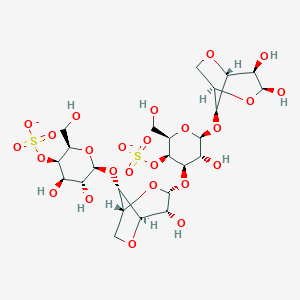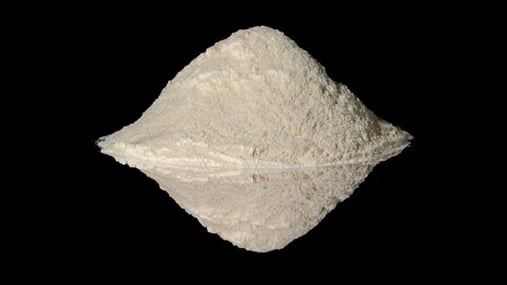Rheology is used to establish the relationship between strains and stresses of substances with complex microstructures and establish predictions for the mechanical behavior of these substances. Every substance has rheological properties, and we can measure and utilize knowledge of those properties in our formulation, production and other processes (RheoSense). Rheology refers to the study of flow of materials, but one of the most common rheology measurements is viscosity - or the measurement of a fluids resistance to flow. Viscosity is an essential rheological measurement for many applications across most industries, including food and beverage, paints, inks, coatings, oil, cosmetics, and pharmaceuticals.
Rheology modifiers are common additives used in nearly every industry to adjust both the overall viscosity magnitude and control non-Newtonian behaviors such as shear thinning or shear thickening. These vital additives are able to achieve desired viscosity, and can also help in controlling shelf stability, ease of application, texture, and processability. Viscosity measurements can also probe how formulation changes impact protein solutions. Intermolecular interactions can be probed by introducing and quantifying changes in rheological properties as the formulation is altered. (RheoSense) There are hundreds of rheology modifiers on the market today and choosing the right one for your formulation is crucial. We understand choosing the right rheological modifiers can also be complex and are sharing a few common rheology modifiers and their applications to ease that complexity (if only a bit).
Arginine
A commonly used rheological modifier in protein formulation is the amino acid arginine. Arginine is a charged amino acid at neutral pH, with a side chain comprised of a three-carbon chain ending with a charged guanidyl group. It has been speculated that arginine stabilizes proteins, specifically antibodies, in solution, which manifests as a reduced viscosity when compared to formulations lacking arginine. Download our full application note to learn more about how viscosity is a useful tool that can probe and characterize both proteins and excipients used in formulation science.
K-carrageenan
K-Carrageenan is a linear polysaccharide extracted from red seaweeds. The water-soluble polymer is used to prepare high viscosity non-Newtonian solutions. Gelation can also be induced by the introduction of specific cations to the formulation (e.g. K+, Ca2+). The rheological behavior of carrageenan solutions is easily tuned with concentration, ionic strength, and the presence of other proteins or macromolecules. Therefore, it is used in a broad range of industries. Although most recognizable as a food additive, it can also be found in everything from personal care products to water based paints and inks. Carrageenan is becoming increasingly popular in pharmaceutical formulations as an excipient or rheology modifier for controlled release applications. Download our full application note to learn more about characterization of the shear rate dependent viscosity of Κ-carrageenan in water at multiple concentrations.
Xanthan Gum
Xanthan gum is a high molecular weight polysaccharide frequently used as a rheology modifier in a variety of industries ranging from paints and coatings to food products. Xanthan is commonly added to foods as a thickener or stabilizer. When xanthan gum powder is added to a liquid, it quickly disperses and creates a viscous and stable solution. This makes it a great thickening, suspending and stabilizing agent for many products. (Healthline) Download our full application note to learn more about change in material response with deformation.
Laponite
Laponite is "a unique specialty additive; a layered silicate manufactured from naturally occurring inorganic mineral sources." Laponite is added to various consumer products to improve stability and is often used as a thickener in cosmetics. Laponite has also been used in the healthcare industry as a bioink additive to hydrogels, enabling a habitable environment for stem cells and also playing a role in creating a biodegradable containment for drug delivery.
Choosing the right rheology modifier for your applications is crucial for formulation, shelf stability, application, end user experience and processability of your products. Working with someone who specializes in measuring and understanding rheological properties can improve formulation, production processes and determine the performance of your products at various conditions - which directly impacts end user/ customer experience. If you would like to learn more about the rheological properties you should be measuring for your applications, contact us to speak with one of our rheology experts today!
Written by: Eden Reid, RheoSense Senior Marketing and Sales Operations





